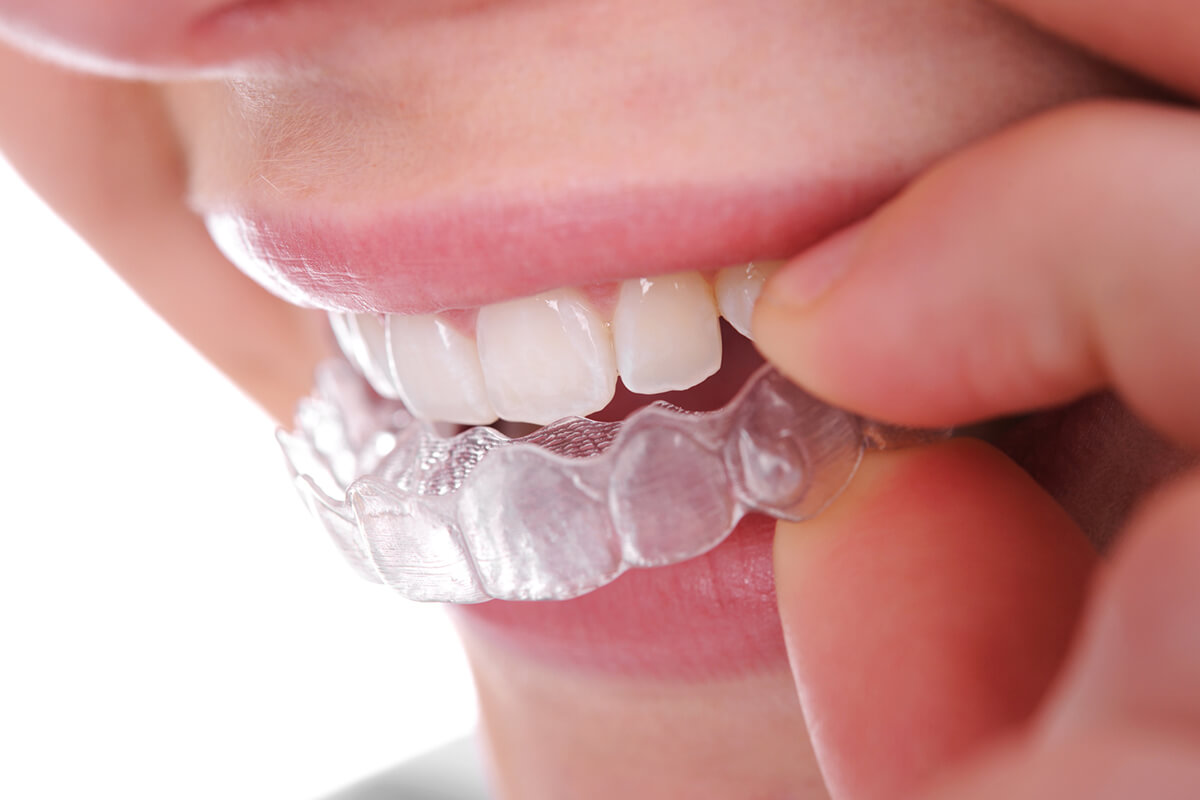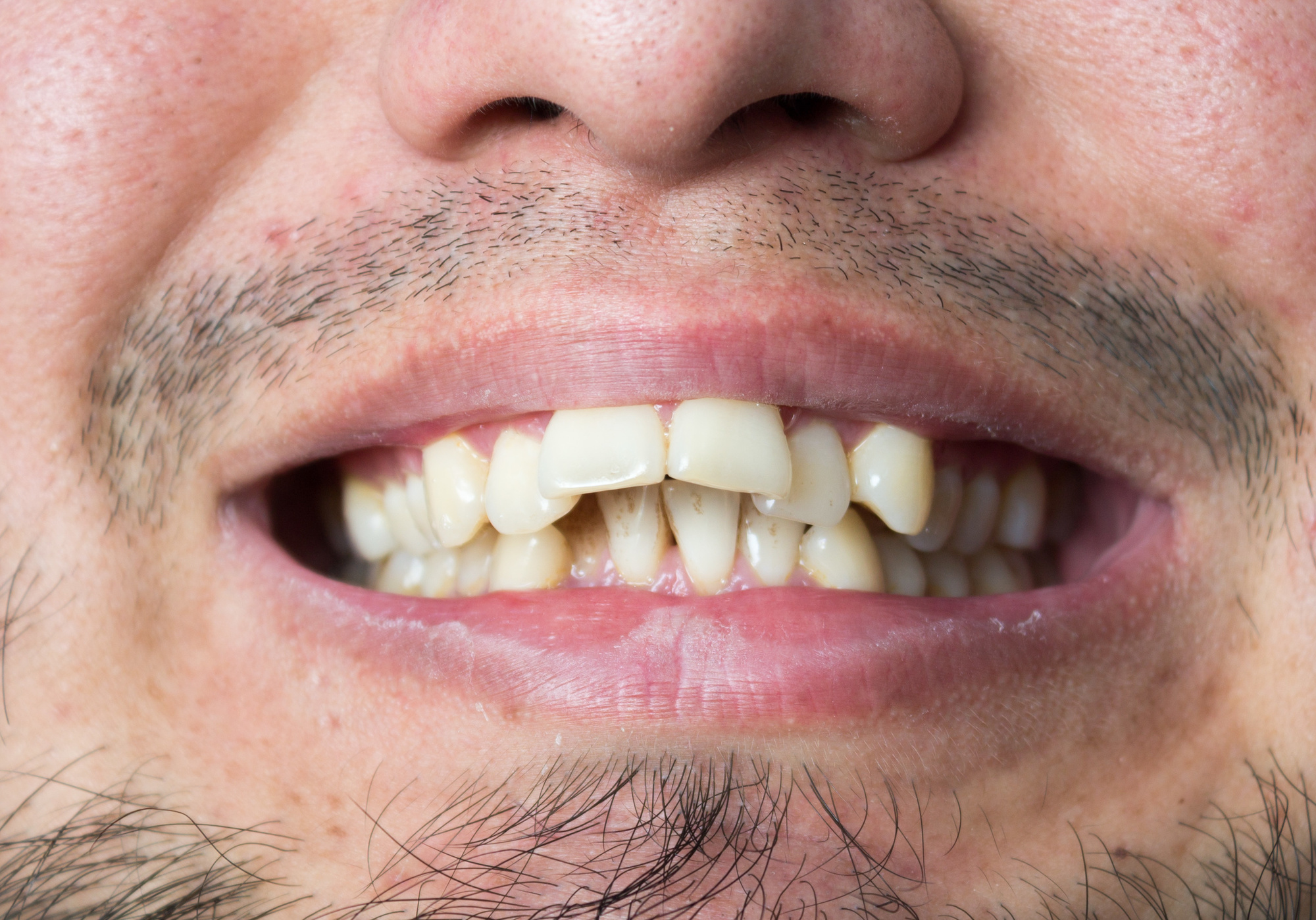Frequently Asked Questions Concerning Invisalign: Everything You Need to Know
Frequently Asked Questions Concerning Invisalign: Everything You Need to Know
Blog Article
Invisalign vs. Standard Braces: Which Choice Is Right for You?
When taking into consideration orthodontic treatment, the choice in between Invisalign and traditional braces offers numerous crucial factors that warrant careful analysis. Invisalign provides a very discreet option with detachable aligners, while traditional dental braces provide an extra noticeable yet effective option for extreme imbalance. Each option incorporates distinct benefits and disadvantages associated with visual appeals, convenience, therapy period, and expense. Recognizing these subtleties is crucial for making an informed choice that straightens with your personal preferences and way of life. The question continues to be: which option will finest meet your orthodontic demands and expectations?
Introduction of Treatment Choices

In comparison, traditional braces consist of steel braces and cables that are bound to the teeth. This technique uses continual pressure gradually to achieve alignment. While effective for complicated orthodontic issues, conventional braces call for routine brows through for modifications and can position difficulties in keeping dental health as a result of the trouble of cleaning around brackets and cords.
Both alternatives have their merits, and the choice typically rests on particular dental conditions, lifestyle preferences, and person conformity. Inevitably, consulting an orthodontic professional is important for establishing one of the most suitable therapy strategy tailored to private requirements. Understanding the nuances of each choice can considerably influence the general success of orthodontic therapy.
Aesthetic Factors To Consider
A considerable element affecting the choice in between Invisalign and typical dental braces is the aesthetic appeal each treatment offers. Invisalign aligners are crafted from clear plastic, making them essentially unnoticeable when put on. This very discreet appearance is particularly appealing to adults and teenagers that may really feel uncomfortable about their orthodontic treatment. The ability to maintain an all-natural smile throughout the alignment process can substantially enhance the individual's self-confidence in social and specialist settings.
On the other hand, conventional dental braces are composed of metal brackets and cords, which can be extra visible. While developments in orthodontic innovation have caused the growth of smaller brackets and tinted elastics, typical braces still maintain an even more obvious account. For some people, the exposure of dental braces may hinder them from seeking required treatment.
Ultimately, the choice in between Invisalign and traditional dental braces might pivot on personal choices pertaining to appearances. Patients that focus on discretion often lean towards Invisalign, while those who are less worried concerning exposure may decide for conventional dental braces. Understanding the aesthetic implications of each alternative is essential for making an informed choice that straightens with one's lifestyle and preferences.
Comfort and Convenience

In regards to comfort, Invisalign aligners are removable, allowing patients to enjoy their favorite foods without limitation and maintain ideal oral health. Brushing and flossing are simplified, as the aligners can be gotten during these routines, whereas conventional braces need mindful navigating around brackets and wires.
In addition, Invisalign's modern system allows for fewer orthodontic visits. Clients usually get multiple collections of aligners at the same time, which can simplify the therapy procedure and reduce time invested in the orthodontist's chair. On the other hand, typical braces necessitate normal adjustments, making them less convenient for those with active routines. Invisalign. Generally, the convenience and comfort of Invisalign make it an attractive selection for look at this website lots of individuals looking for orthodontic treatment.
Treatment Duration and Performance
While both Invisalign and typical braces are efficient in dealing with oral imbalances, the duration of therapy can differ dramatically in between both choices. Commonly, Invisalign therapy can take anywhere from 12 to 18 months, depending on the complexity of the situation. The clear aligners work by progressively moving teeth right into their desired settings, and normal follow-ups with an orthodontist assistance make certain development continues to be on course.
On the other hand, typical dental braces commonly need a longer commitment, typically varying from 18 months to three years. This results from their set nature and the usage of braces and cables, which can be extra efficient for severe misalignments and complex situations (Invisalign). The therapy performance of conventional dental you can find out more braces is well-documented, as they allow for specific adjustments and greater control over tooth motion
Inevitably, the choice between Invisalign and typical dental braces might depend upon both the expected treatment duration and the certain dental problems at hand. Consulting with an orthodontist is critical, as they can give tailored suggestions based on individual needs, ensuring the chosen technique aligns with wanted timeframes and outcomes.
Price Contrast and Insurance Coverage Alternatives
Price plays a considerable duty in the decision-making process for people taking into consideration orthodontic therapy, whether choosing Invisalign or conventional dental braces. Typically, the price of Invisalign arrays from $3,000 to $8,000, while traditional dental braces commonly cost in between $2,000 and $6,000. Aspects influencing these prices include the intricacy of the instance, the duration of therapy, and geographical area.
Insurance policy coverage can significantly affect out-of-pocket expenses. Several oral insurance policy strategies provide partial protection for orthodontic therapies, yet the specifics can differ widely. It is important for patients to examine their insurance coverage plans to determine the extent of insurance coverage for either choice. Normally, typical dental braces might be extra frequently covered by insurance policy strategies contrasted to Invisalign, which some insurance companies classify as a cosmetic treatment.
Additionally, numerous orthodontic practices supply flexible payment strategies, making both therapy options more obtainable. People need to make inquiries concerning possible financing choices and discount rates for in advance repayments. Examining the total expense, consisting of insurance policy benefits and settlement strategies, is necessary for making a notified decision that straightens with this contact form both visual choices and budget factors to consider.

Final Thought
In summary, the choice in between Invisalign and standard braces rests on several elements, including aesthetic preferences, convenience, treatment duration, and price. Invisalign offers a discreet, detachable choice that assists in dental hygiene and dietary flexibility, while traditional braces may be a lot more appropriate for complex dental issues and usually come with a reduced cost point. Ultimately, examination with an orthodontist is vital to analyze private situations and identify the most ideal treatment choice for attaining optimum oral placement.
When taking into consideration orthodontic therapy, the option between Invisalign and traditional dental braces provides several vital variables that warrant mindful examination.Comparing Invisalign and traditional dental braces discloses unique treatment alternatives for orthodontic adjustment.While both Invisalign and conventional braces are reliable in fixing dental imbalances, the duration of treatment can vary significantly in between the 2 choices.Cost plays a significant duty in the decision-making process for people thinking about orthodontic treatment, whether deciding for Invisalign or traditional dental braces.In recap, the option between Invisalign and conventional dental braces hinges on several variables, including visual choices, convenience, therapy period, and price.
Report this page